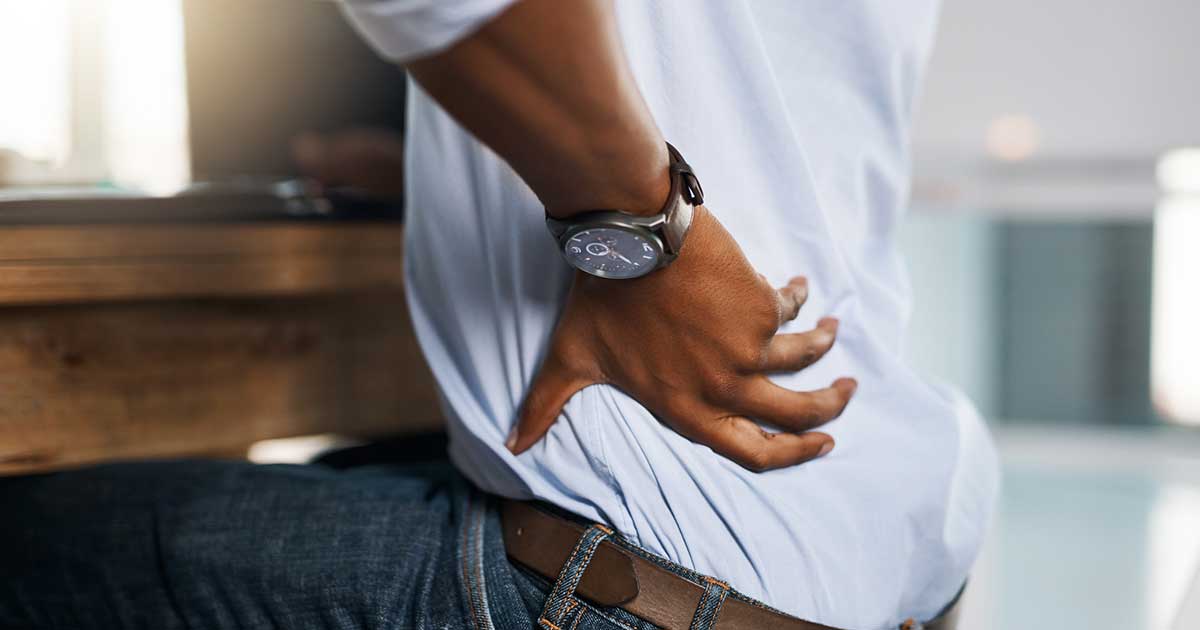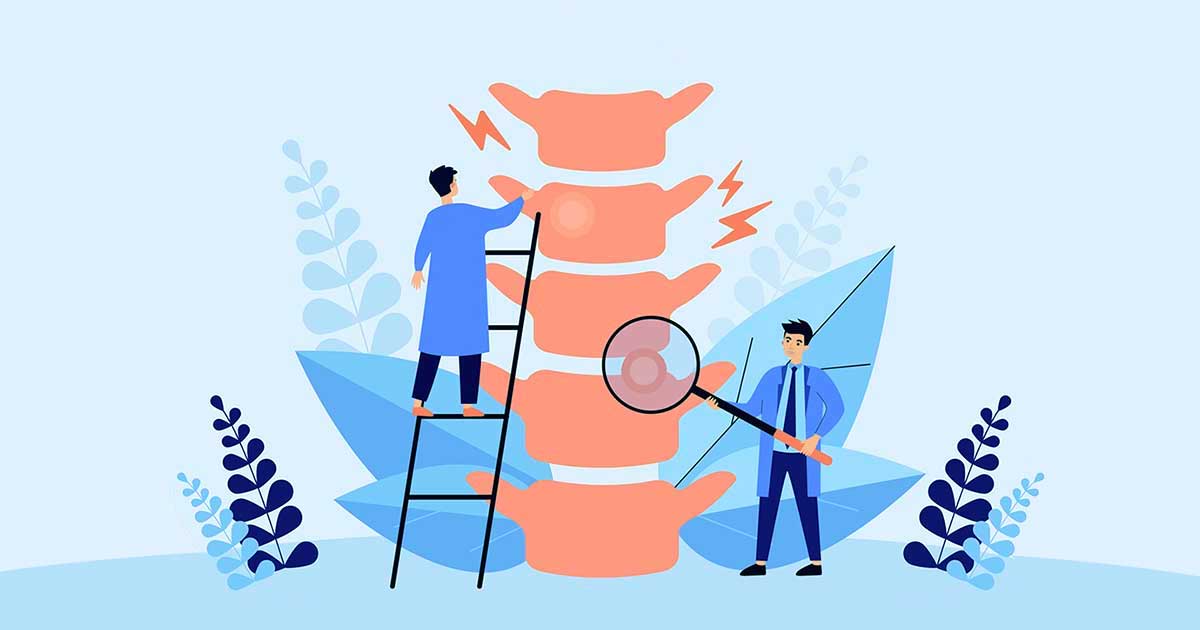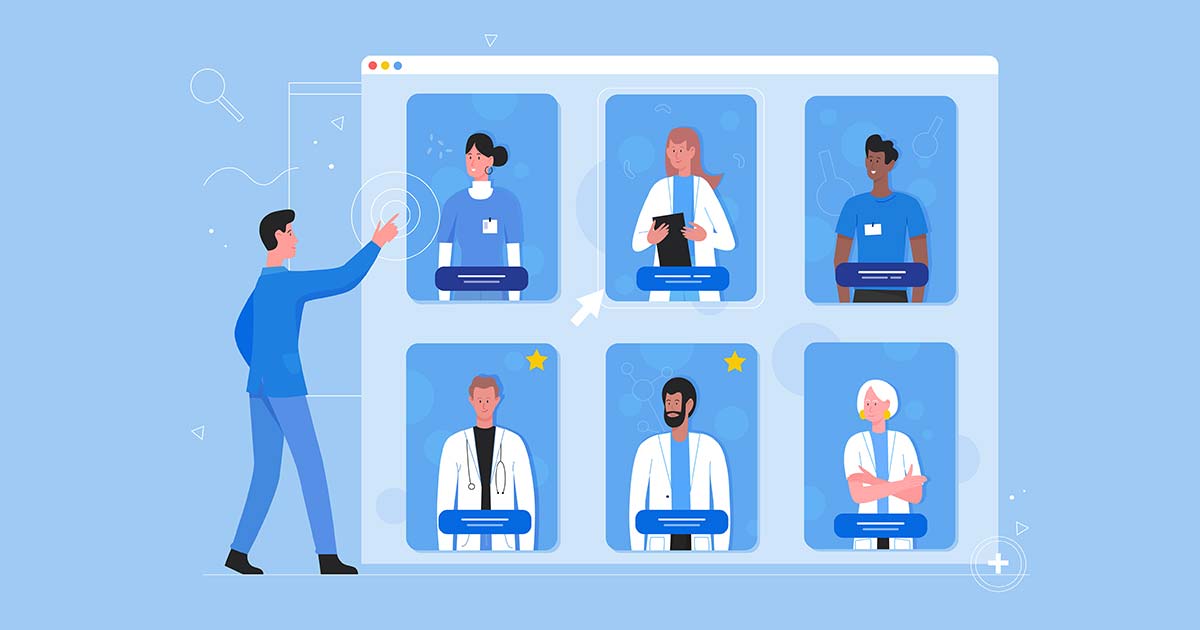Back Pain After Squats? Here’s How to Do Them Right
Advice to improve your movement, fitness, and overall health from the world's #1 in orthopedics.
Squats are not just an exercise you do at the gym. They’re a movement you make every day (several times a day, in fact). “When you sit in your office chair, bend down to tie your shoelaces or haul a heavy bag of groceries out of your car, you’re actually doing a squat,” says HSS exercise physiologist Chelsea Long, MS, CSCS.

That’s why squats are so important to practice. When done properly, squats should help prevent back pain, because you’re helping to strengthen the muscles you need to do so many run-of-the-mill movements. If, however, your back aches after doing squats, that’s a sign that something is probably off in your form.
Benefits of Squats
Squats work several different muscles, including:
- Buttocks (gluteus maximus, minimus and medius)
- Front of the thighs (quadriceps)
- Back of the thighs (hamstrings)
- Groin (adductors)
- Outer thighs (abductors)
- Calves
- Stomach and lower back (core)
Squats can also help you improve your athletic performance, including by helping you run or even walk faster. Squats can help you stay mobile and help prevent falls and injury as you age by working the core and lower-body muscles to enhance stability and maintain balance.
And since there are dozens of variations of squats, you can mix things up and never get bored. Best yet, body-weight squats can be done anywhere, any time.
Common Squat Mistakes (and How to Fix Them)
Unfortunately, what often happens is that improper squat technique forces muscles you’re not necessarily supposed to be using to step in and take over — and not in a good way, says Long. That can lead to pain in your back as well as in other parts of your body and increase your risk of injury. Some common mistakes include:
Letting your knees sink inward. This puts your knees in a precarious position and places undue stress on your anterior cruciate ligament, or ACL, one of the major ligaments in the knee joint. Instead, make sure your toes are facing forward, or even slightly out, and keep your knees pointed in the same direction.
As you go up and down, imagine that you’re spreading the ground apart with your feet, and make sure all four edges of your feet stay planted on the ground. If the positioning of your knees continues to be an issue, put a resistance band around your thighs to force your legs to stay in the correct position.
Not bracing your abs and your lats. If you do a squat with a lazy core and lats (in the middle/lower back), your back tends to round instead of staying neutral. “When our back rounds, we compress the spinal column and cause a shift in our center of mass toward our toes,” says Long. “This puts extra emphasis on our quads and loads the front of our body more than the posterior chain.”
In other words, you’ll be working the wrong muscles. If you feel pressure in your toes and your heels lift off the ground as you go up or down in your squat, that’s an indication that you might be rounding your spine or leaning too far forward, says Long.
Going too far down in the squat. While you should get low in your squat (ideally at least a 90-degree bend at the knee), getting there by curving your spine increases that spinal compression, which could lead to a disc or muscular injury. Only go as far down as you can while still maintaining a neutral spine. To get lower, work on mobility in your hip flexors, hamstrings and ankles.
Using too much weight too quickly. If you’re doing a weighted squat and use too much weight, you may compensate by rounding your spine and/or leaning forward. If you’re starting from scratch, use a single dumbbell or kettlebell in a goblet hold (in both hands, in front of your chest). After you get comfortable with the movement pattern, try two light dumbbells, one in each hand, racked in front of your chest, on your shoulders or by your sides.
How to Do a Proper Squat
You can do a squat with body weight only, a single dumbbell or kettlebell in a goblet hold, or with two dumbbells, one in each hand, racked in front of your chest, on your shoulders or by your sides.
- Start with your feet shoulder width apart, knees slightly bent, weight distributed evenly between the ball and heel of your foot. Your toes should face forward or slightly turn out.
- Contract your core (imagine someone’s about to punch you in the stomach).
- Inhale through your nose as you start the movement by hinging your hips back as if you’re going to sit into a chair. Keep your head neutral by looking straight ahead and moving your eyes with your body. Your shoulders should be down and back through the entire movement.
- Aim for about a 90-degree bend at the knee, or even lower if you can get there with a flat back. Your trunk and spine should be the same angle as your shins (don’t arch your back and don’t fold over).
- Squeeze your butt and push the floor away to stand back up. Engage your glutes at the top of the movement.
If you feel pain in one specific spot, if the pain doesn’t go away after a few days, or if pain keeps you from doing everyday activities, see a doctor.
Published 10/13/2022




